探索哈德良别墅的奇迹
罗马隐秘瑰宝指南
哈德良别墅(Villa Adriana)是一座大型遗址群,位于意大利蒂沃利,距罗马以东约 30 公里。它由罗马皇帝哈德良于公元 2 世纪建造,作为他的隐居之所。这座别墅被联合国教科文组织列为世界遗产,被认为是最令人印象深刻且保存最完好的罗马建筑和工程典范之一。无论您是对罗马历史和建筑感兴趣的历史爱好者,还是想逃离罗马的喧嚣,或者只是想在罗马之外进行一日游,哈德良别墅都绝对应该列入您的清单。

概述
哈德良别墅建于公元 2 世纪初,由罗马皇帝哈德良修建,哈德良在位时间为公元 117 年至 138 年。哈德良是一位多产的建筑家,以其众多的建筑项目而闻名,包括建造罗马万神殿。哈德良别墅是作为城中隐居之所而建造的,也是皇帝沉迷于艺术、建筑和文化的地方。这座别墅被设计成一座理想的城市,融合了古希腊、罗马和埃及的建筑传统。
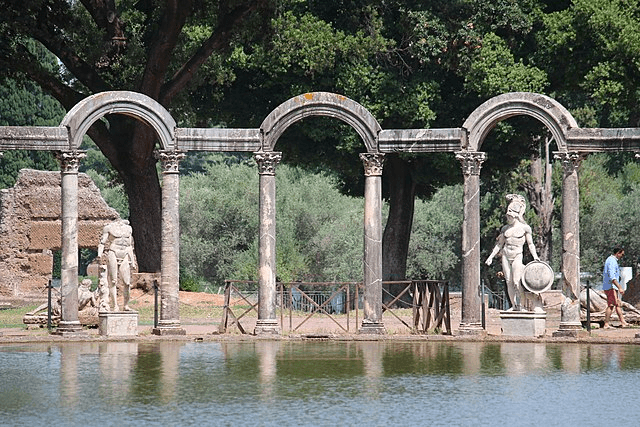
哈德良别墅占地 250 英亩,有 30 多座建筑,包括宫殿、寺庙、图书馆和剧院。如今,这座古老别墅的面积只有 100 英亩左右。在游览别墅时,您还会看到美丽的花园、喷泉和雕塑。哈德良以热爱希腊文化而闻名,您会在整个别墅中看到许多对希腊神话的引用。
哈德良别墅有哪些景点
在哈德良别墅,游客可以看到一大片废墟和考古遗迹,包括宫殿、寺庙、图书馆、剧院和其他建筑。这里有 30 多座建筑,分布在约 250 英亩的大片土地上,值得探索的地方很多。以下是该遗址的一些亮点:
海事剧院
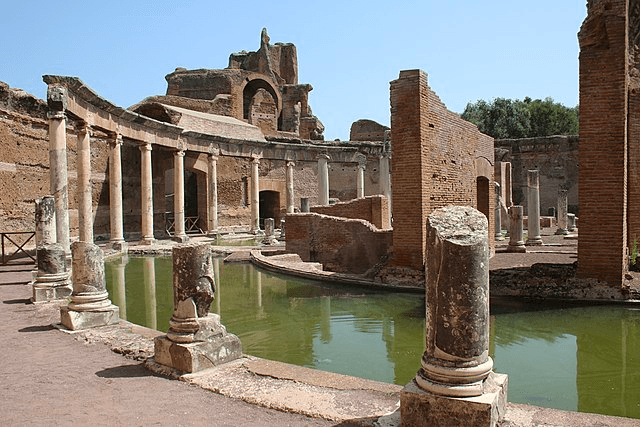
海事剧院是进入哈德良别墅后首先看到的几个景点之一。它是一个圆形岛屿,由护城河和高墙保护,被认为是别墅中的别墅。海事剧院没有任何直线,被认为是一个创新项目,打破了当时传统的罗马标准。虽然名为“海事剧院”,但这座岛屿被认为是一个住宅区,当哈德良想要拥有隐私并远离宫廷生活时,他就会在这里隐居。
老人星和塞拉皮斯神庙
哈德良别墅中必看的景点之一是卡诺普斯,这是一个长长的游泳池,其设计灵感来自埃及亚历山大著名的运河。这个埃及风格的游泳池周围环绕着罗马风格的柱廊,柱廊上有科林斯柱和希腊雕像。仅从卡诺普斯,您就能看到希腊、罗马和埃及的元素是如何融合在一起的,这是整个哈德良别墅中反复出现的主题。
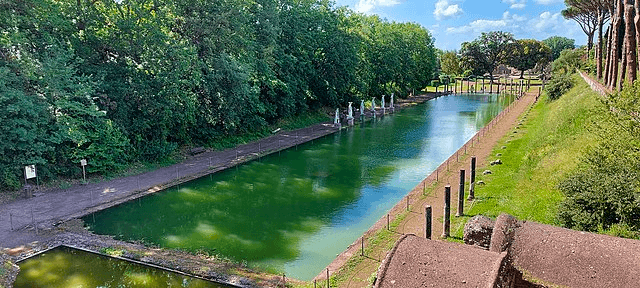
在卡诺普斯,你还会发现塞拉皮姆神庙,这是一座供奉希腊埃及神塞拉皮斯的古代神庙的复制品,里面有一尊巨大的神像和其他宗教文物。但塞拉皮姆神庙并不是一座神庙。相反,哈德良把它用作宴会、娱乐和休闲的餐厅。
黄金广场
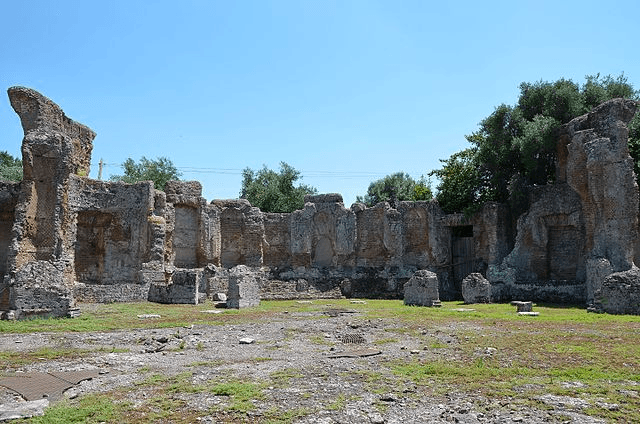
黄金广场(Piazza d’Oro)曾是宫殿中最奢华的部分之一。但如今,它却是整个建筑群中最颓废的部分之一,曾被发掘者和寻宝者大量掠夺。黄金广场有一个大庭院,庭院里可能布满了花园和喷泉,用于举办宴会等活动。黄金广场上还有一个房间,在考古学上与雅典的哈德良柱廊(图书馆)相似,但尚不清楚这个房间是否曾被用作图书馆。
故宫
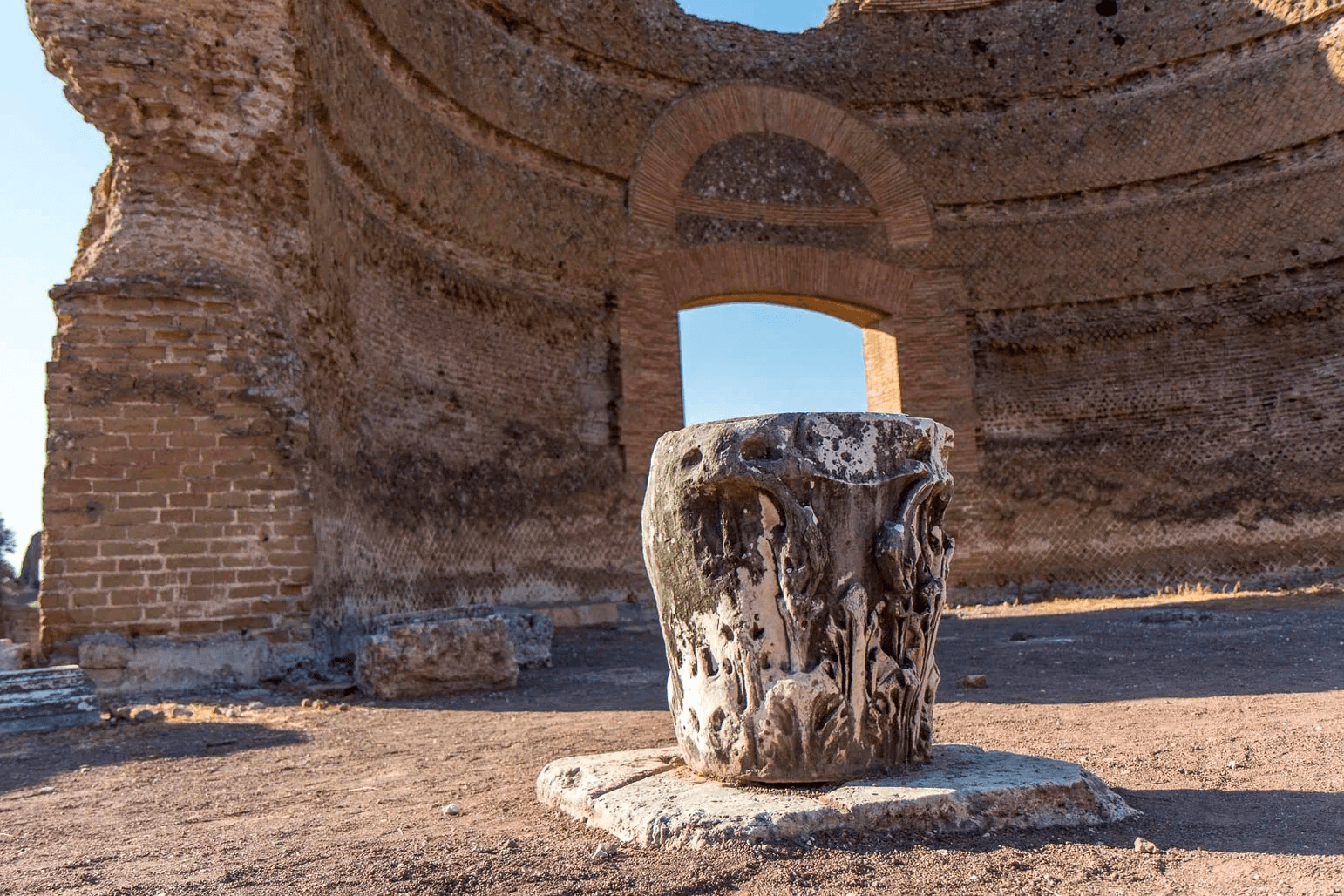
故宫是一系列建筑,包括卧室、餐厅和接待室,皇帝及其随从都住在这里。故宫是最早建造的几座建筑之一,它建在当时已经存在的另一处民国时期的房产上。虽然现在大部分宫殿都成了废墟,但您仍然可以看到原有的民国别墅的一些区域。
图书馆

图书馆位于上层露台,周围环绕着花园和围墙,被认为是贵族建筑。目前尚不清楚这些建筑的建造时间和用途,但人们普遍认为它是用来举办宴会和活动的。希腊图书馆有三层,通过外部楼梯与海事剧院相连;拉丁图书馆有两层。
三个半厅
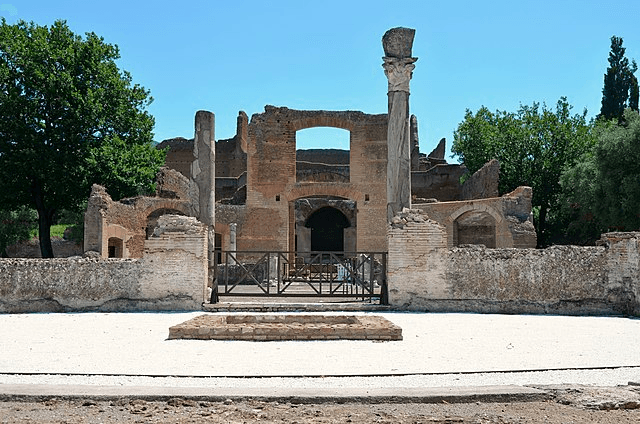
三间厢建筑,也被称为拱廊式提尔克利尼姆,是哈德良别墅的另一个亮点。这座建筑有各种各样的房间,但不知道这些房间的具体用途。人们普遍认为它是用来娱乐和举办宴会的。这座建筑的大部分建筑特征都保留了下来,使它成为别墅里最宏伟的建筑之一。
警戒站

警卫站是整个别墅区内为数不多的以实用为目的的建筑之一,也是最早建造的几座建筑之一。它常常与保护别墅的警卫联系在一起。警卫站的朴素和相对简朴与别墅内的其他建筑形成了鲜明的对比。但大部分建筑仍然屹立不倒,仅从警卫站的规模来看,你大概就能想象出整个别墅区有多大。
大浴场和 小浴池
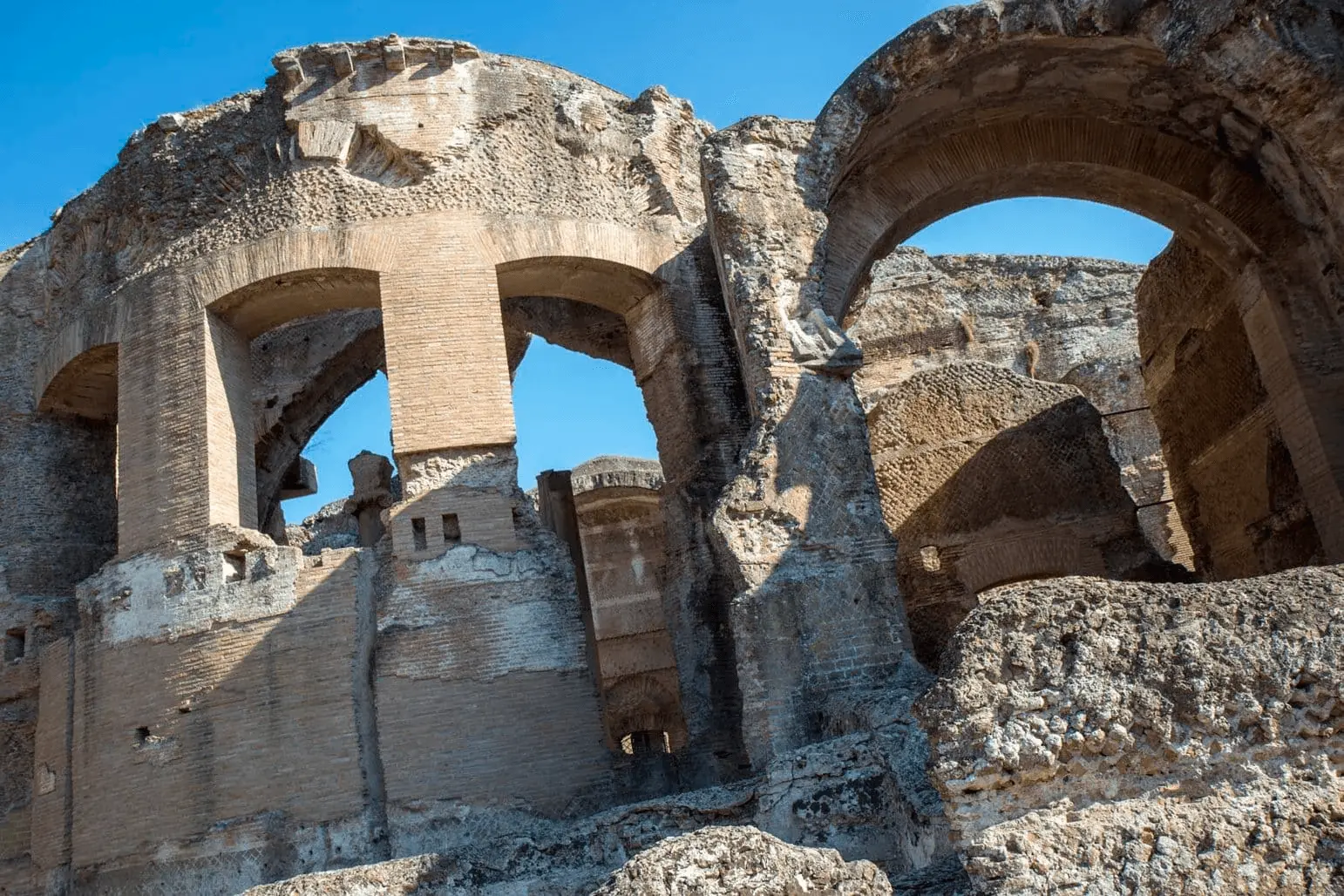
大浴场和小浴场是两个不同的温泉浴场,配有游泳池、桑拿浴室和健身区。顾名思义,小浴场规模较小。但它们也更豪华,据说是供贵族使用。小浴场的建筑似乎是各种澡堂特色的集合,没有一个中心主题。浴场的建筑保存得相当完好,所以你可以在这里花些时间欣赏不同的特色和建筑设计。
如何前往哈德良别墅

**如果您从罗马来访:**乘坐地铁 B 线到 Ponte Mammolo,然后乘坐 Co.tral 巴士到哈德良别墅。您可以乘坐多辆 Co.tral 巴士,但大多数巴士都需要步行一段距离。如果想减少步行距离,请乘坐前往 Via Prenestina 方向的巴士。
**如果您从蒂沃利 (Tivoli) 出发:**您可以从蒂沃利乘坐 4 / 4-bis / 4x 线前往哈德良别墅 (Villa Adriana)
入场费和开放时间
💰**成本:**成人票 10 欧元,优惠票 2 欧元
🕤**营业时间:**上午 9 点至日落前约 1 小时
尖端
- 一定要穿舒适的鞋子并带上水,因为该景点很大,游览起来会很累。中午时分天气会非常炎热,所以一定要补充水分。
- 很多旅行团都提供附近的景点套餐。这些旅行团需要考虑的一个关键因素是你在每个景点停留的时间。为了帮助你做出决定,大多数人会花大约 2 个小时参观哈德良别墅。
- 一些附近的景点,人们通常将哈德良别墅与埃斯特别墅和蒂沃利花园一起游览。为了节省成本,哈德良别墅和埃斯特别墅有捆绑优惠。